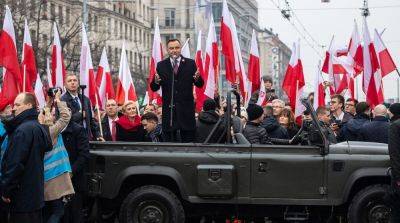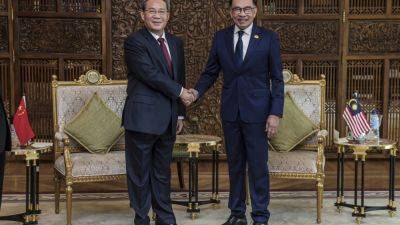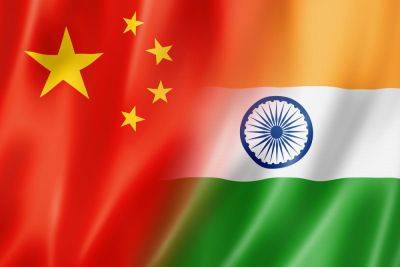ASEAN, the unlikely beneficiary of East Asian giants’ rivalry
June 3, 2024
JAKARTA – In their joint declaration that capped their trilateral summit on May 27, host South Korean President Yoon Suk-yeol, Japanese Prime Minister Fumio Kishida and Chinese Premier Li Qiang paid much attention to the strategic importance of ASEAN, apparently because the three leaders found it impossible to find common ground on North Korea, the Taiwan Strait and other regional security threats.
One of the prominent examples of their common view on ASEAN is their agreement to use the ASEAN-led Regional Comprehensive Economic Partnership (RCEP), billed as the world’s largest free trade agreement, as the basis for their negotiations to reach a much more sophisticated trade pact among them.
According to media reports, the three East Asian leaders agreed to “keep discussions for speeding up negotiations for a Trilateral FTA”.
In their joint statement, the three leaders affirmed “the importance of ensuring implementation in a transparent, smooth and effective manner of the Regional Comprehensive Economic Partnership (RCEP) Agreement as the basis of a Trilateral Free Trade Agreement (FTA)”.
“We will keep discussions for speeding up negotiations for a Trilateral FTA, aiming at realizing a free, fair, comprehensive, high-quality, and mutually beneficial FTA with its own value,” the joint statement reads.
It remains too early to get a clearer picture of how ASEAN nations will benefit from the political rapprochement among their northeastern neighbors, which are among their most important trading and investment partners. China and Japan have been competing for influence in Southeast Asia, while South Korea is smartly playing the alternative role thanks to its advanced technology.
Japanese Prime Minister Fumio







